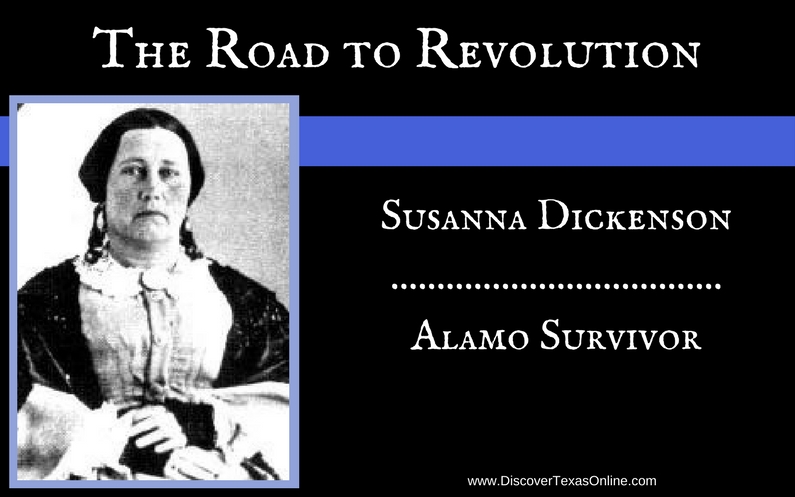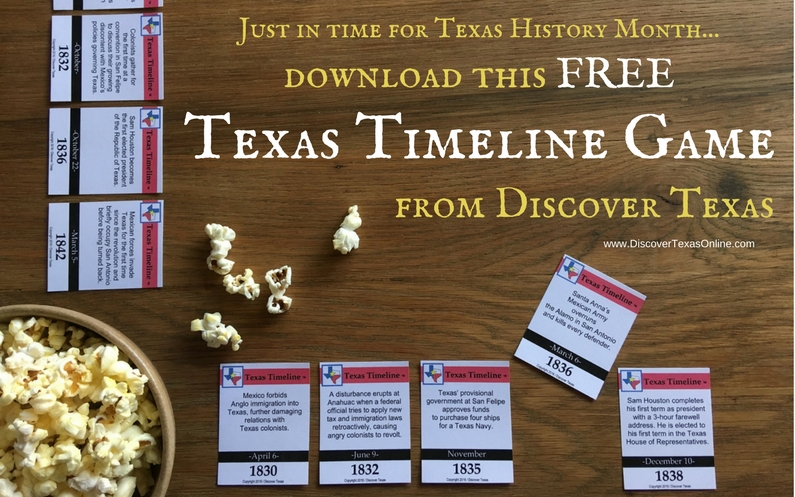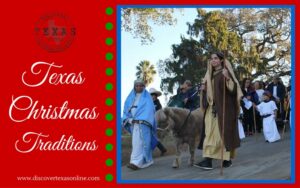 Susanna Dickenson is one of Gonzales’ best known citizens, and one whose story has long intrigued me.
Susanna Dickenson is one of Gonzales’ best known citizens, and one whose story has long intrigued me.
Born in Tennessee about 1814, little is known about Susanna Wilkerson until she married Almaron Dickinson on May 24, 1829. She was only 15 years old; he, 28. Within two years, the young couple was on their way to Texas where Almaron was granted a league of land on the San Marcos River in the DeWitt Colony. Three years later in 1834 he acquired property in Gonzales town, set up a blacksmith shop, and became part owner of a hat factory. The couple’s first child, a daughter they named Angelina Elizabeth, was born there on December 14, 1834. Having survived many hardships, perhaps life began to hold promise for the young couple.
But by October 1835 strife between the Texian colonists and the Mexican dictator Santa Anna resulted in a confrontation, and Almaron Dickinson (then 35) was among the 18 defenders who dared Mexican troops who had come to seize the town’s defensive cannon to “Come and Take It!”
Almeron set out with a group of volunteers under command of Stephen F. Austin on October 13 to help secure San Antonio. There he served as an aide to General Edward Burleson during the Siege of Bexar. Susanna stayed in Gonzales with Angelina, but when the newly arrived volunteers to the militia looted her home in November she decided to join her husband in San Antonio. She stayed in the home of Ramón Músquiz on the southwest corner of Portero Street and the Main Plaza, taking in laundry and preparing meals for boarders. Davy Crockett was one of her guests.
When Santa Anna’s troops arrived in San Antonio on February 23, 1836, Dickinson moved his family into the Alamo, and that is where Mexican soldiers found Susanna and little Angelina on March 6 after the bloody battle. Susanna was the only adult Anglo survivor. The soldiers took her and Angelina, along with the other women and children who survived, to Músquiz’ home. There Santa Anna interviewed the women and gave each a blanket and two dollars in silver before releasing them. On March 7, he gave Susanna a letter of warning addressed to Sam Houston and sent her, with her daughter, back to Gonzales. They were accompanied by Mexican Gen. Juan Almonte’s servant Ben, and along the way they were joined by William Travis’ servant, Joe. Houston’s scouts, Erastus (Deaf) Smith and Henry Karnes, discovered the sad party and guided them to Houston in Gonzales. They arrived sometime after dark on March 12. Santa Anna’s threatening letter along with Susanna’s harrowing accounts of the battle, helped to fuel the Runaway Scrape–a mad dash for safety over Texas’ eastern border. Susanna probably followed Houston’s army estward with the other Gonzales women.
Susanna was still very young–only 22–and a widow. I have often wondered if she did not suffer, after all she witnessed at the Battle of the Alamo, from some form of post traumatic stress. Some of her decisions over the next years suggest a lack of sound judgment. Illiterate and alone with a fatherless child to support, she petitioned the Texas government at Columbia for $500 of support in October 1836, but her request was denied. She retained title to Almaron’s land, but could not farm it alone. Desperate, she took up with John Williams and married him in November of 1837. He was a poor choice. He beat her and little Angelina so that she petitioned for a divorce, which was granted in March, 1838 after only four months of marriage. She then married Francis Herring, who died in 1843, and Peter Bellows, whom she fled and divorced as well. Bellows made dishonoring accusations against Susanna, but I am not inclined to believe them. She received praise from Houston clergy for her work nursing cholera victims–a ministry which could have cost her her life. Finally in 1857 Susanna married Joseph Hannig, a German emigrant. The couple moved to Austin, and Susanna lived happily until she died on October 7, 1883.
Though she might have been a valuable eye-witness to a key moment in history, Susanna’s accounts of what happened at the Alamo changed over time. This is understandable, perhaps, but unfortunately it discredits her as a reliable source.
Teaching Tips: Please remember that we’re offering our downloadable Texas Timeline Game FREE during Texas History Month. Learn AND have fun! 🙂



